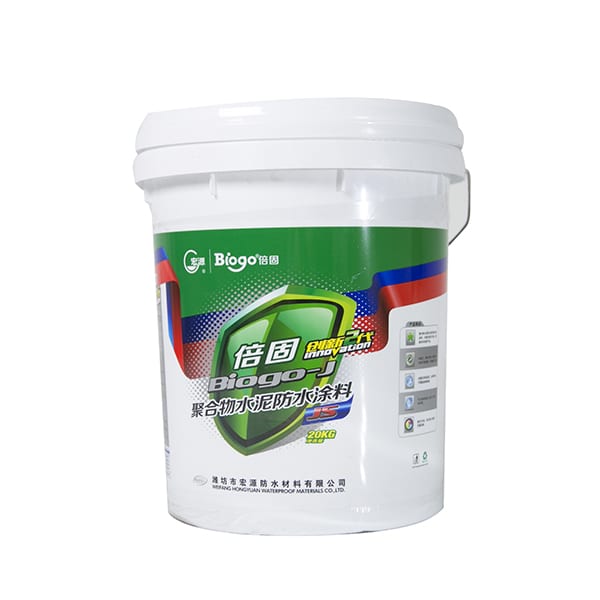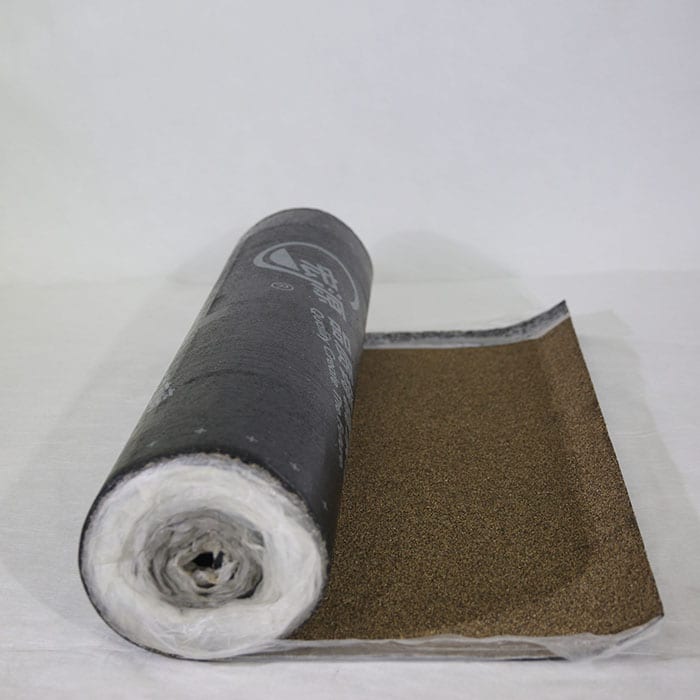By Bob Vila | Updated Feb 22, 2023 4:43 PM
We may earn revenue from the products available on this page and participate in affiliate programs. Polyurethane Liquid Waterproofing Membrane

Some of the most gorgeous, long-lasting pieces of furniture, cabinetry, and trim work are crafted from wood, the world’s oldest and best-loved building material. Without the proper knowledge of how to waterproof wood, however, most lumber will suffer from exposure to moisture and high humidity, resulting in swelling, warping, or even rotting. Fortunately, you can easily avail yourself of products that protect wood while enhancing its natural beauty.
There are three surefire ways to waterproof your wood for years to come.
When choosing the approach that’s right for you, keep in mind that some methods of waterproofing wood are better suited for interior or exterior items, while others are geared towards dark- or light-grained wood.
Linseed oil and Tung oil are the basis for nearly all hand-rubbed (aka wiping) oil finishes. Employed for centuries, these oils beautify and protect such dark-grained woods as walnut and mahogany, and they’re still in use today—with a few improvements. Because hand-rubbed oils have a tendency to yellow over time, though, skip the oil method if you’re weatherproofing wood that’s lighter in color, such as pine or ash. While suitable for dark woods, hand-rubbed oils have a tendency to yellow over time, making them a poor choice for lighter wood grains.
You can purchase pre-blended Tung oil and linseed oil products, or you can mix your own for a custom finish. A standard hand-rubbed oil blend consists of one part oil (either Tung or boiled linseed), one part mineral spirits, and one part polyurethane. Blending the oils with other ingredients hastens drying times and eliminates stickiness.
Danish oil Tung oil or linseed oil (optional) Mineral spirits (optional) Polyurethane (optional) Natural-bristle paint brush Rags Fine sandpaper
Here’s how to seal wood with a hand-rubbed oil finish:
As you become familiar with oil-rubbed blends, feel free to experiment with the formula for a multitude of custom blends. For a thicker product, reduce the amount of mineral spirits. If you’d like more working time before the finish dries, reduce the amount of polyurethane. Or, on the flip side, add more poly for a glossier finish and quicker drying time.
Note: Oily rags used to rub away excess oil can spontaneously combust, even without being near an open flame. This is because the oil generates heat as it dries. Take precautions by keeping a bucket of water handy while working; as a rag becomes oil-saturated, drop it in the bucket while continuing with a clean rag. Later, hang the rags out to dry separately. When completely dry, you can dispose of them without risk, but rags should not be reused.
Polyurethane, varnish, and lacquer are tried-and-true sealants with excellent waterproofing properties. For best results, apply the wood finish at room temperature, ideally between 65 to 70 degrees Fahrenheit. Never shake or briskly stir sealants before application; doing so can cause air bubbles that can remain on the wood surface, even after the sealant dries.
Polyurethane Varnish (optional) Lacquer (optional) Polyester paint brush Paint sprayer (optional)
Follow the below steps on how to make wood waterproof using sealant:
When choosing between polyurethane, varnish, and lacquer for your wood waterproofing needs, keep the pros and cons of these popular types of sealants in mind.
RELATED: How to Apply Polyurethane Sealer
When time is of the essence or you’re protecting a large project, such as a wood deck, go for a quality stain-sealant combo. These multitasking products add color while providing water resistance in a single step.
Stain and sealer Paint brush or paint roller Paint sprayer (optional)
Here’s how to treat wood for outdoor use using a pre-mixed stain and sealer:
While stain and sealer is the most straightforward when it comes to how to weatherproof wood, it has its own drawbacks in addition to its conveniences.
Whether you use an oil finish, sealant, or stain and sealer, the process of how to waterproof wood is crucial for keeping wood decks, furniture, and handcrafted pieces moisture-free. Use the above methods and the key rules of thumb for waterproofing wood—such as choosing a well-ventilated workspace and using the right finish for the right wood grain—and the resulting seal will stay watertight and looking its best for years to come.
Articles may contain affiliate links which enable us to share in the revenue of any purchases made.
Registration on or use of this site constitutes acceptance of our Terms of Service.

Waterproofing Coating © 2023 Recurrent. All rights reserved.